Growing a Butterfly Garden: Plant Choices and Tips
Creating a butterfly garden is like opening a door to a magical world filled with color and life. Imagine stepping into your backyard and being greeted by the gentle flutter of wings and the sweet scent of blooming flowers. In this article, we will explore essential plant choices and practical tips for crafting a butterfly haven that not only attracts these beautiful pollinators but also enhances the overall beauty of your outdoor space. With the right knowledge and a bit of creativity, you can transform your garden into a sanctuary for butterflies, providing them with the resources they need to thrive.
When it comes to attracting butterflies, selecting the right plants is crucial. Think of your garden as a buffet for these delicate creatures. You want to offer a variety of native flowers, nectar-rich plants, and host plants for caterpillars to ensure a vibrant and sustainable butterfly garden. Native plants are particularly important because they are adapted to your local climate and soil, making them more resilient and beneficial for the ecosystem. By choosing plants that butterflies naturally gravitate towards, you're essentially inviting them to dine at your garden's table.
Using native plants helps support local butterfly populations. These plants are not just pretty; they play a vital role in the survival of butterflies in your area. For instance, consider the following native plants that are known to attract butterflies:
- Black-eyed Susans - Bright yellow flowers that bloom in summer.
- Bee Balm - A fragrant plant that draws in both butterflies and bees.
- Wild Bergamot - Offers nectar and is visually stunning.
By incorporating these plants into your garden, you're not only enhancing its beauty but also supporting the local ecosystem.
Nectar plants are essential for adult butterflies, providing them with the energy needed for survival. Varieties like coneflowers, milkweed, and asters are particularly effective in drawing butterflies. Imagine these vibrant flowers as a beacon, calling butterflies from miles away. The more diverse your selection, the more likely you are to attract a variety of butterfly species.
Milkweed is crucial for monarch butterflies as it serves as the sole host plant for their caterpillars. Different varieties, such as Common Milkweed and Swamp Milkweed, can thrive in various garden conditions. By planting these, you're not just beautifying your garden; you're participating in the conservation of an iconic species.
To attract butterflies throughout the growing season, select plants that bloom at different times. This ensures a continuous food supply for these pollinators from spring to fall. Imagine a garden where something is always in bloom, creating a constant source of nourishment for butterflies. Here’s a simple table to illustrate some plants and their blooming seasons:
| Plant Name | Blooming Season |
|---|---|
| Black-eyed Susan | Summer |
| Milkweed | Late Spring to Summer |
| Asters | Fall |
Host plants are essential for butterfly reproduction, providing a place for caterpillars to feed and grow. Including these in your garden will promote a healthy butterfly population. It's like providing a nursery for the next generation of butterflies. Some popular host plants include:
- Parsley - Attracts Swallowtail butterflies.
- Fennel - Another favorite for Swallowtails.
- Milkweed - Essential for Monarch caterpillars.
By planting these varieties, you're not just creating a beautiful garden; you're also ensuring that butterflies can reproduce and thrive.
A suitable habitat goes beyond just plants. Think of it as creating a cozy home for butterflies. Providing shelter, water sources, and sunny spots will create a welcoming environment for butterflies to thrive. They need more than just food; they need a safe place to rest and breed.
Including shallow water sources, like birdbaths or puddling areas, allows butterflies to drink and absorb necessary minerals, supporting their overall health and vitality. Imagine a small puddle in your garden where butterflies can gather and refresh themselves—a delightful scene that adds life to your space.
Creating sheltered areas with shrubs or tall grasses offers butterflies protection from predators and harsh weather, ensuring a safe space for resting and breeding. Think of these shelters as cozy corners where butterflies can escape and feel secure. You might even find them nestled among the leaves, enjoying a moment of peace.
Regular maintenance is key to a thriving butterfly garden. This includes proper watering, pruning, and pest management to keep plants healthy and attractive to butterflies. Just like any garden, a butterfly garden requires a little love and attention to flourish.
Understanding the seasonal needs of your plants can help ensure they remain healthy and continue to attract butterflies throughout the year. Some plants may need more water during dry spells, while others may require pruning after blooming. Keeping an eye on these needs is essential for maintaining a vibrant garden.
Using organic pest management techniques will protect butterflies and caterpillars from harmful chemicals, promoting a balanced ecosystem in your garden. Think of it as creating a safe haven where butterflies can thrive without the threat of pesticides. Natural solutions, like introducing beneficial insects or using neem oil, can keep your garden healthy and chemical-free.
1. How long does it take to attract butterflies to my garden?
It can take a few weeks to a few months for butterflies to discover your garden, depending on the plants and their blooming cycles.
2. Can I use non-native plants in my butterfly garden?
While non-native plants can attract some butterflies, native plants are generally more beneficial for local butterfly populations.
3. How can I ensure my garden is safe for butterflies?
Avoid using pesticides and opt for organic gardening methods to create a safe environment for butterflies and other beneficial insects.
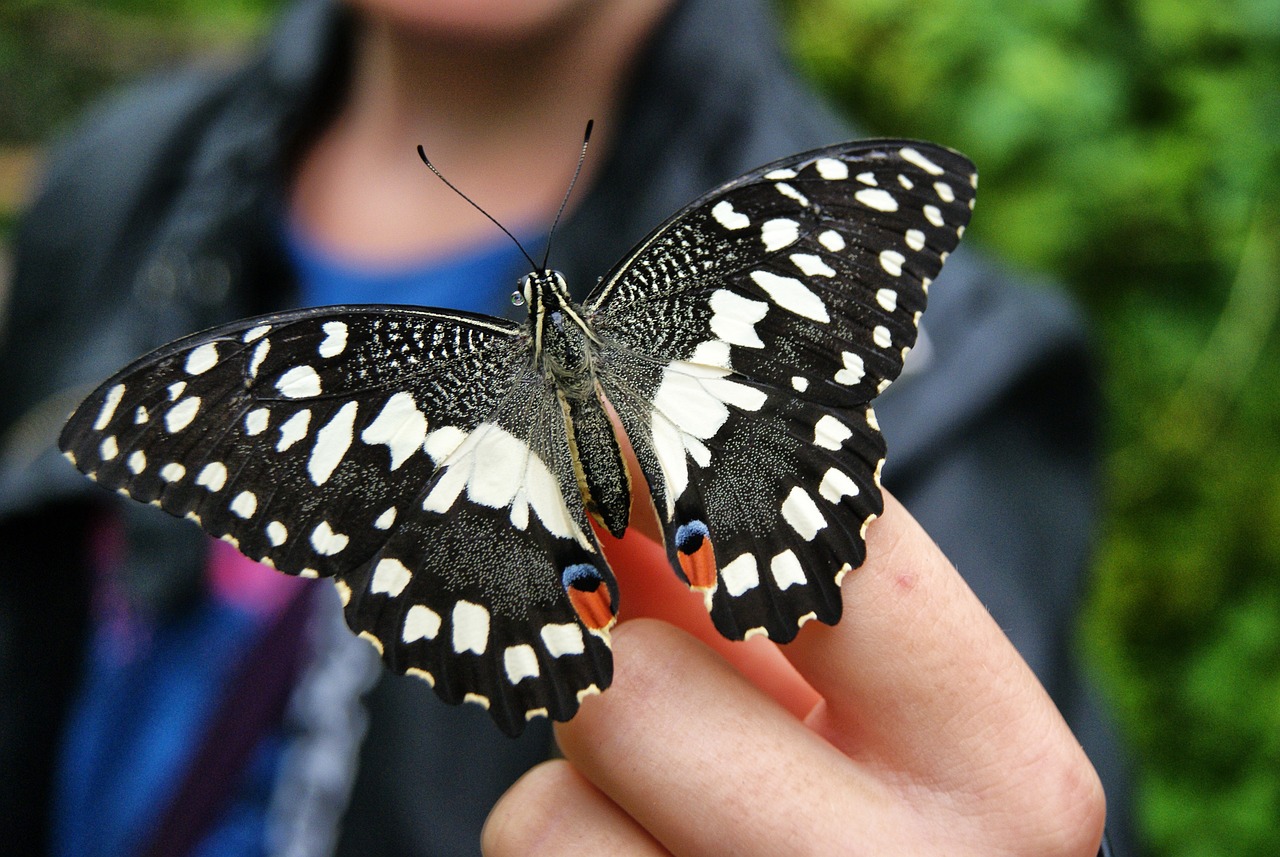
Choosing the Right Plants
When it comes to creating a butterfly garden, is absolutely essential. Imagine your garden as a vibrant buffet for butterflies, where each flower is a delicious dish waiting to be savored. To make this buffet irresistible, you'll want to focus on a variety of plants that not only attract butterflies but also support their life cycles. This includes a mix of nectar-rich flowers for adult butterflies and host plants for their caterpillars. By carefully selecting your plants, you can create a thriving ecosystem that benefits both butterflies and your garden.
Start by considering native plants, as these are perfectly adapted to your local climate and soil conditions. Native flowers are like old friends to the butterflies in your area; they recognize them and are drawn to them instinctively. Not only do these plants require less maintenance, but they also provide the best habitats for local butterfly species. Some excellent native options include:
- Black-eyed Susans - Their bright yellow petals are sure to catch the eye of passing butterflies.
- Joe Pye Weed - A tall plant that attracts a variety of butterflies with its clusters of pink flowers.
- Goldenrod - This late-blooming plant provides a crucial food source in the fall.
Next, don’t forget about nectar plants. These are the mainstay of your butterfly buffet, supplying the energy butterflies need to flutter about your garden. Look for plants that bloom at different times throughout the season to ensure a continuous food supply. Some popular nectar plants include:
- Coneflowers - These hardy perennials are not only beautiful but also loved by butterflies.
- Asters - They bloom in late summer and fall, providing vital nectar when other flowers have faded.
- Milkweed - A must-have for monarchs, it offers both nectar and a place for their caterpillars to thrive.
Speaking of milkweed, let’s dive a bit deeper into its varieties. Milkweed is the sole host plant for monarch caterpillars, making it a critical component of your butterfly garden. You can choose from several types, including:
| Milkweed Variety | Growing Conditions | Butterfly Attraction |
|---|---|---|
| Common Milkweed | Moist, well-drained soil | Highly attractive to monarchs |
| Swamp Milkweed | Wet, marshy areas | Attracts various butterflies |
| Butterfly Milkweed | Dry, sandy soil | Great for nectar and habitat |
Finally, to keep butterflies coming back all season long, consider the flowering seasons of your plants. By selecting species that bloom at different times, you can create a garden that offers a steady supply of nectar from spring through fall. This not only helps butterflies but also adds a dynamic visual appeal to your garden as different flowers come into bloom.
In summary, the right plant choices are fundamental to attracting and sustaining butterfly populations in your garden. By focusing on native plants, nectar-rich varieties, and host plants, you can create a stunning and functional butterfly haven that delights both you and your fluttering friends.
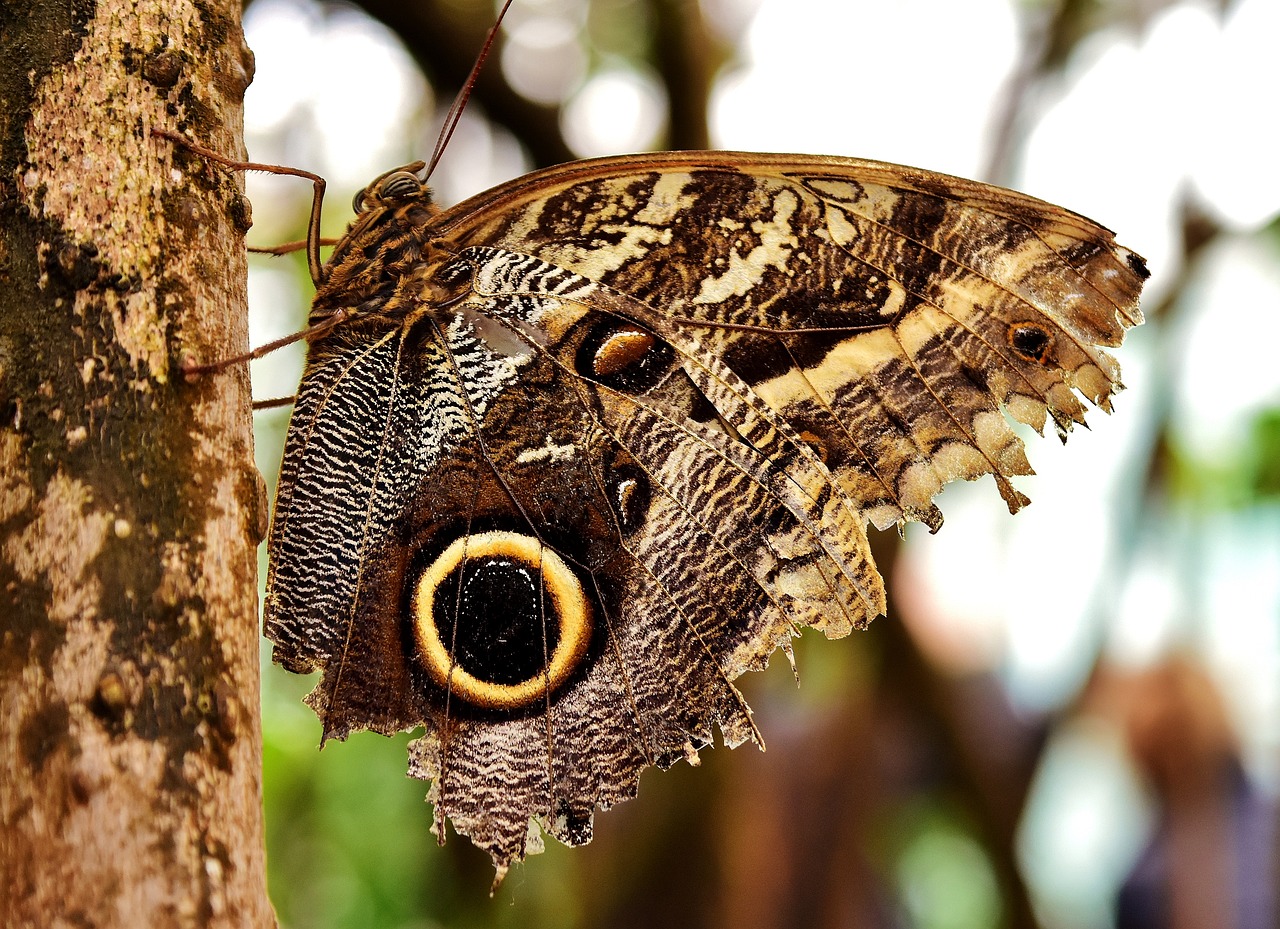
Native Plants for Butterflies
When it comes to creating a butterfly garden, utilizing native plants is not just a trend—it's a vital step towards fostering a thriving ecosystem. Native plants are like the local cuisine for butterflies; they are perfectly adapted to the local climate and soil conditions, making them more resilient and beneficial for local wildlife. By choosing native species, you’re not only enhancing the beauty of your garden but also supporting local butterfly populations that have evolved alongside these plants.
One of the biggest advantages of native plants is their ability to attract a variety of butterfly species. For instance, plants like coneflowers, milkweed, and asters are not just pretty faces in the garden; they are vital nectar sources that provide the energy butterflies need to thrive. Imagine a butterfly flitting from flower to flower, its vibrant colors contrasting against the rich greens of your garden—this is the beauty you can create by choosing the right plants.
Among the most popular native plants, milkweed stands out, especially for those who wish to attract the iconic monarch butterfly. This plant is not just a food source for adult butterflies; it serves as the sole host plant for monarch caterpillars. Different varieties of milkweed, such as Asclepias tuberosa (Butterfly Weed) and Asclepias incarnata (Swamp Milkweed), can thrive in a range of garden conditions, ensuring that you can find the perfect fit for your space. Not only do these plants attract butterflies, but they also play a crucial role in the lifecycle of these pollinators, making your garden a sanctuary for future generations.
To keep butterflies visiting your garden from spring to fall, it's essential to select plants that bloom at different times. A well-planned garden will have a continuous food supply, ensuring that butterflies have access to nectar throughout their active months. For instance, early bloomers like purple coneflowers can provide food in the spring, while late bloomers like goldenrods can keep the butterflies satisfied as summer fades into fall. This staggered blooming pattern not only supports butterflies but also creates a visually stunning display in your garden.
In summary, incorporating native plants into your butterfly garden is a game-changer. Not only do they support local ecosystems, but they also provide essential resources for butterflies, ensuring that your garden is a vibrant hub of activity. So, as you plan your garden, remember that native plants are the unsung heroes of butterfly conservation, and their beauty is just a bonus!
- What are the best native plants for attracting butterflies?
Some of the best native plants include coneflowers, milkweed, asters, and goldenrods. These plants provide nectar and serve as host plants for caterpillars.
- How can I ensure butterflies visit my garden?
To attract butterflies, create a diverse garden with a variety of blooming plants, provide sunny spots, and include water sources.
- Is it important to have host plants in my butterfly garden?
Yes! Host plants are essential for the reproduction of butterflies, providing a place for caterpillars to feed and grow.
- How can I maintain my butterfly garden?
Regular maintenance involves watering, pruning, and using organic pest management techniques to keep your plants healthy.
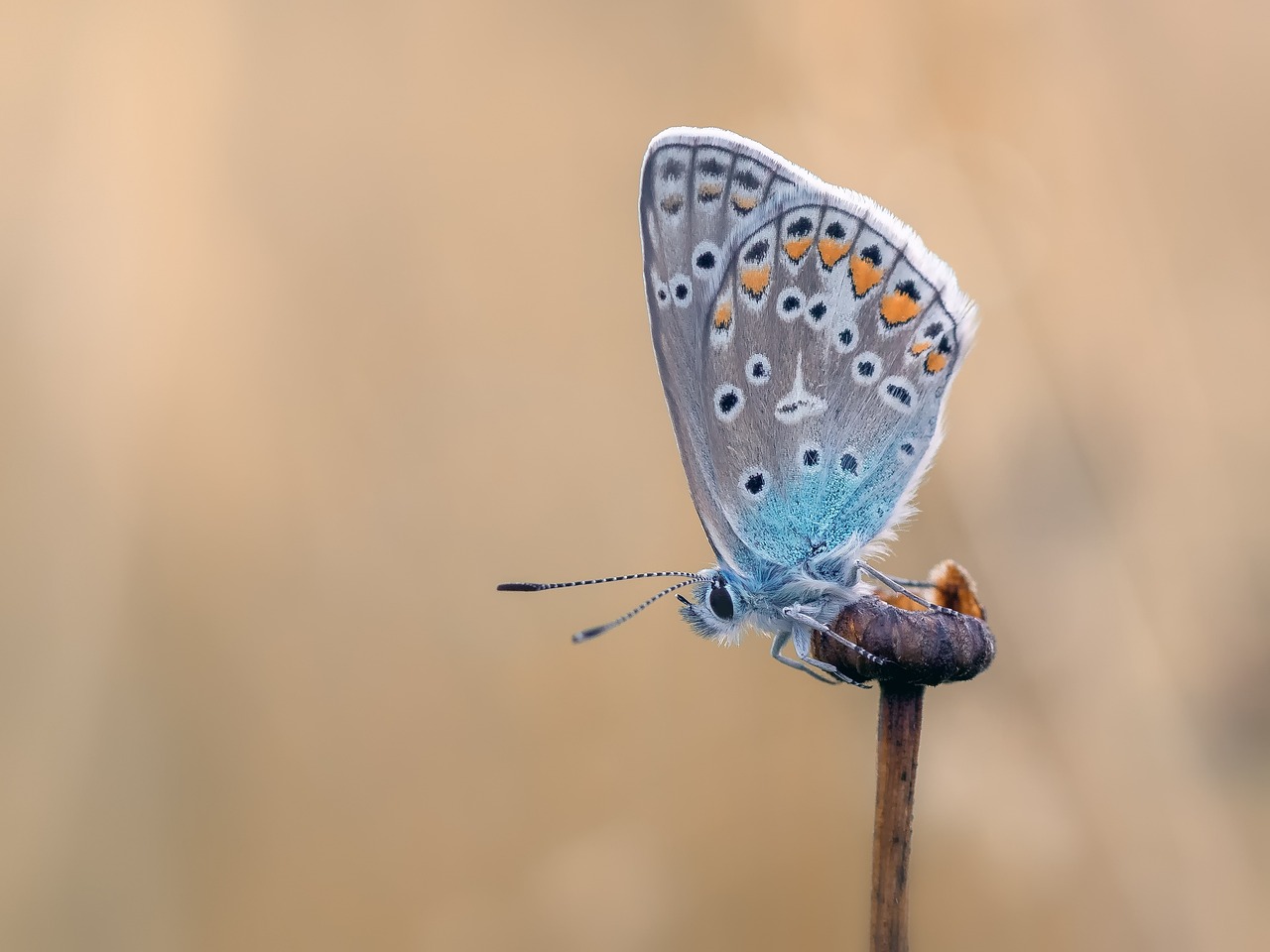
Nectar Plants
Nectar plants are the lifeblood of any butterfly garden, acting as a magnet for these enchanting creatures. Imagine stepping into your garden and being greeted by the fluttering wings of vibrant butterflies, all thanks to your carefully selected nectar-rich flowers. These plants are essential for adult butterflies, providing them with the energy they need to survive and thrive. The right mix of nectar plants not only attracts butterflies but also creates a lively and colorful atmosphere in your outdoor space.
When choosing nectar plants, it’s important to focus on varieties that are known to be particularly effective at drawing butterflies. Some of the top contenders include coneflowers, milkweed, and asters. Each of these plants offers abundant nectar and blooms at different times throughout the growing season, ensuring that butterflies have a steady supply of food. For example, coneflowers typically bloom in the summer, while asters can extend the nectar supply into the fall. This staggered blooming is crucial for maintaining a thriving butterfly population.
Let’s take a closer look at some of these plants:
| Plant Type | Bloom Time | Butterfly Attraction |
|---|---|---|
| Coneflower | Summer | Highly attractive to a variety of butterflies |
| Milkweed | Summer to Fall | Essential for monarchs |
| Aster | Late Summer to Fall | Attracts late-season butterflies |
Incorporating a diverse range of nectar plants into your butterfly garden will not only enhance its beauty but also support a wide variety of butterfly species. Think of your garden as a buffet for butterflies, where every bloom is a dish waiting to be savored. You might even consider planting in clusters, as butterflies are more likely to visit groups of flowers rather than isolated blooms. This clustering mimics the natural environment where butterflies find abundant food sources.
In addition to the types of plants you choose, consider their colors as well. Bright, vibrant colors like purple, yellow, and orange are particularly appealing to butterflies. The more colorful your garden, the more likely it is to attract these delicate pollinators. It’s like throwing a colorful party just for them!
As you plan your butterfly garden, remember that nectar plants are just one piece of the puzzle. Pairing these plants with host plants—those that caterpillars feed on—will create a complete ecosystem that supports butterflies at every stage of their life cycle. By creating a harmonious environment filled with both nectar and host plants, you’ll be inviting butterflies to not only visit but also to lay their eggs and nurture the next generation.
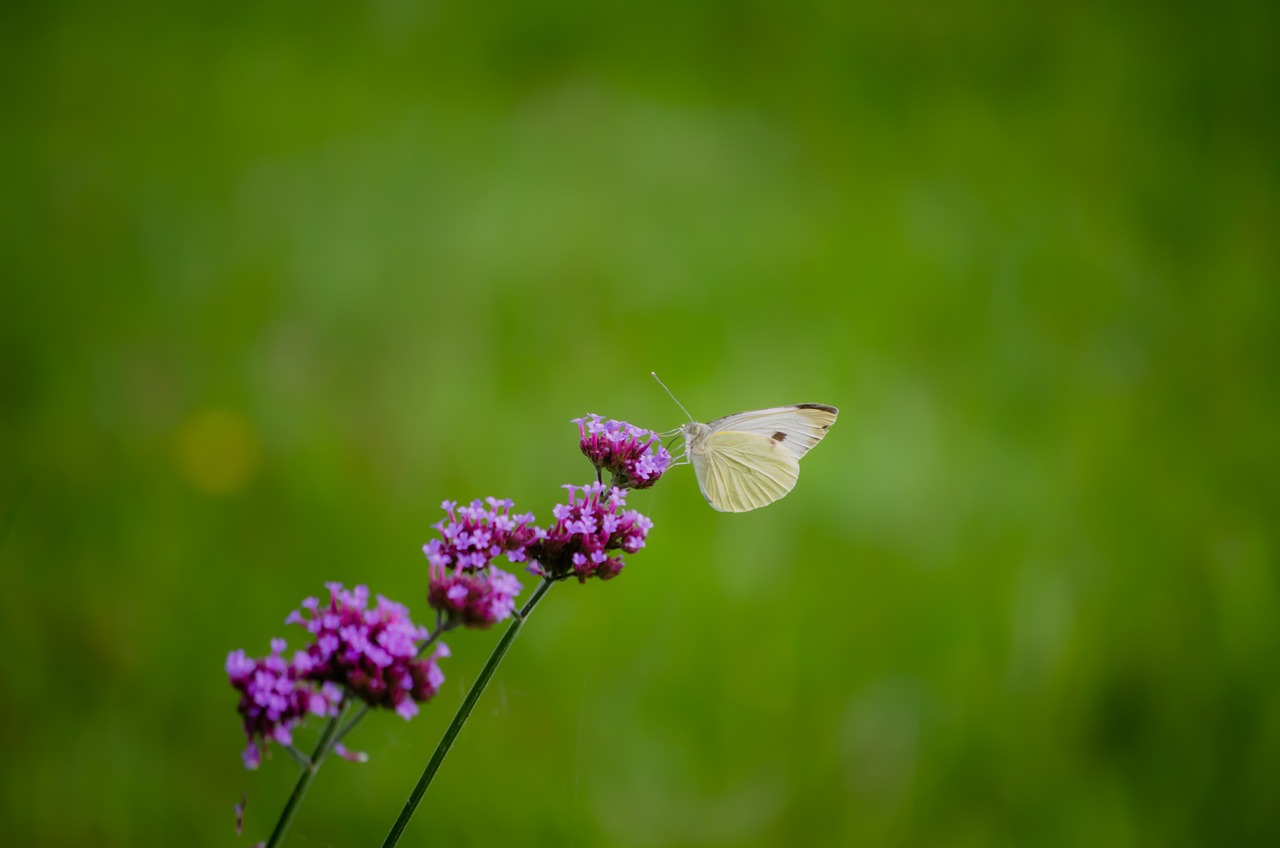
Milkweed Varieties
When it comes to creating a butterfly garden, milkweed is an absolute must, especially for the majestic monarch butterfly. Milkweed serves as the sole host plant for monarch caterpillars, meaning that without it, these beautiful creatures cannot thrive. There are several varieties of milkweed that you can incorporate into your garden, each bringing unique benefits and characteristics.
One popular variety is the Common Milkweed (Asclepias Syriaca). This robust plant can grow up to 4 feet tall and produces large clusters of pink-purple flowers that are not only stunning but also incredibly attractive to butterflies. Its broad leaves provide ample food for caterpillars, making it a favorite among monarchs. Another excellent choice is the Butterfly Weed (Asclepias tuberosa), known for its vibrant orange flowers. This variety is drought-tolerant and thrives in sunny spots, making it perfect for those areas of your garden that receive full sunlight.
For those with a more compact garden space, consider the Swamp Milkweed (Asclepias incarnata). This variety can grow in wetter conditions and features lovely pink flowers that bloom in mid-summer. Its taller stature, reaching up to 5 feet, provides a beautiful backdrop for shorter plants and creates a visually appealing landscape. Lastly, Whorled Milkweed (Asclepias verticillata) is a lesser-known variety that is perfect for those looking for a low-maintenance option. This plant has narrow leaves and produces white flowers, making it a subtle yet elegant addition to any butterfly garden.
Incorporating a mix of these milkweed varieties not only creates a visually diverse garden but also ensures that you provide a continuous food source for monarchs and other butterflies throughout their life cycle. Remember, planting milkweed is like rolling out a welcome mat for these pollinators, inviting them to lay their eggs and thrive in your garden. So, as you plan your butterfly haven, be sure to include these milkweed varieties to support the lifecycle of these beautiful insects.
- Why is milkweed important for butterflies?
Milkweed is crucial because it is the only plant that monarch caterpillars can eat. Without it, they cannot survive. - How many milkweed plants should I plant?
It’s recommended to plant at least 3-5 milkweed plants to ensure a sufficient food source for the butterflies. - Do milkweed plants require special care?
Milkweed is relatively low-maintenance. Just ensure they have well-draining soil and full sun, and they should thrive! - Can I plant milkweed in containers?
Yes, many milkweed varieties can thrive in containers, making them versatile for any garden space.
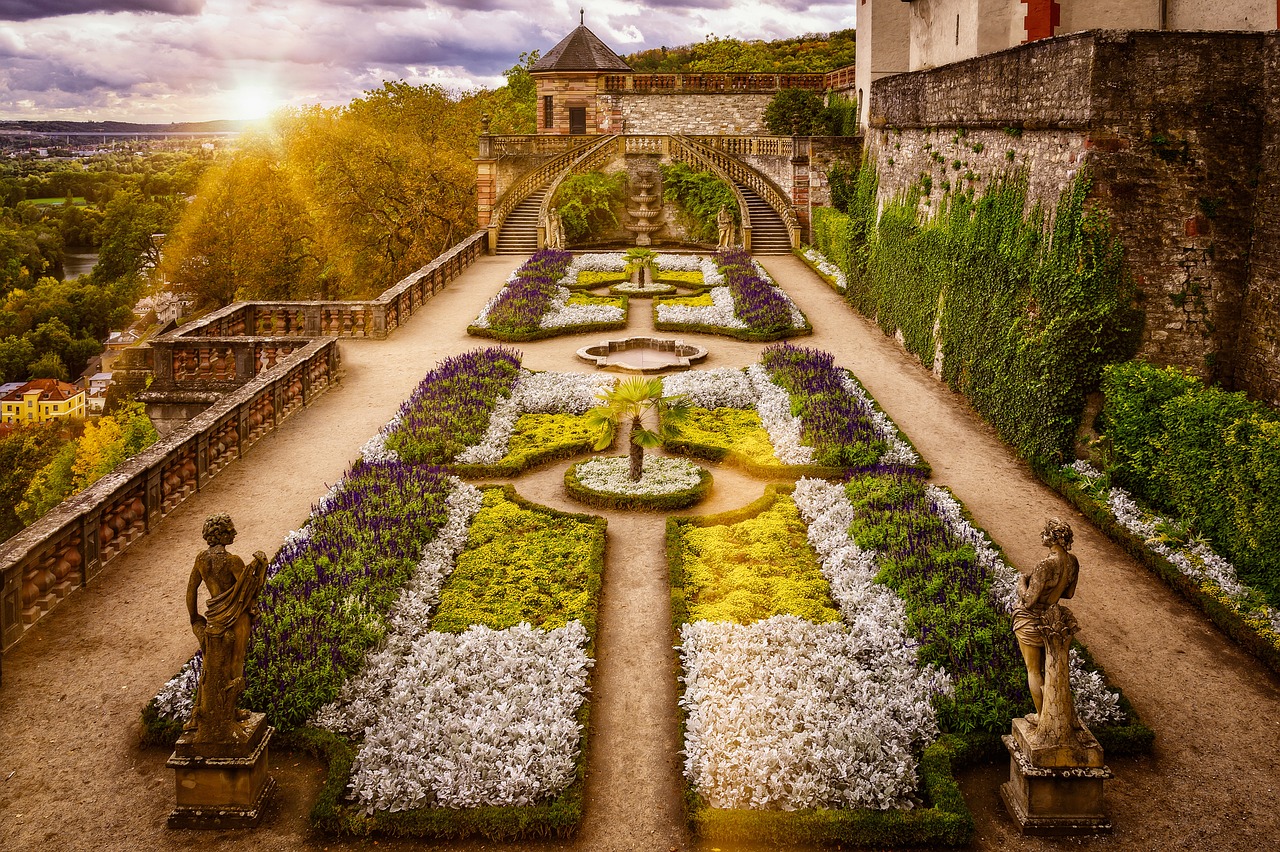
Flowering Seasons
When it comes to attracting butterflies, timing is everything! Just like a well-orchestrated symphony, a butterfly garden needs to have its flowers blooming at different times throughout the growing season. This ensures that butterflies have a consistent source of nectar, which is crucial for their survival. Imagine walking into a garden where every corner bursts with color and fragrance, inviting these delicate creatures to flutter about. To achieve this, it’s essential to select a variety of plants that bloom in spring, summer, and fall.
For instance, early bloomers like crocuses and daffodils can kick off the season, providing food for the first butterflies that emerge after winter. As spring transitions into summer, you can introduce plants such as coneflowers and black-eyed Susans, which not only add vibrant colors but also attract a multitude of butterfly species. Finally, as the summer heat gives way to fall, consider incorporating asters and sedums. These late bloomers will ensure that butterflies have something to feast on as they prepare for their migration or the cooler months ahead.
To help you visualize the blooming seasons, here’s a simple table that outlines some popular butterfly-attracting plants and their flowering periods:
| Plant Name | Blooming Season |
|---|---|
| Crocus | Early Spring |
| Daffodil | Early Spring |
| Coneflower | Summer |
| Black-eyed Susan | Summer |
| Aster | Fall |
| Sedum | Fall |
By carefully planning your garden layout and plant selections, you can create a beautiful and inviting space that resonates with the rhythm of nature. Remember, the goal is to create a buffet for butterflies, ensuring they have something to nibble on from the first warm days of spring until the cool breezes of autumn. This not only supports butterfly populations but also enhances the overall beauty and biodiversity of your garden.
- What are the best plants for attracting butterflies?
Some of the best plants include milkweed, coneflowers, and asters, as they provide essential nectar and habitat for butterflies.
- How can I create a butterfly-friendly environment?
In addition to planting nectar-rich flowers, provide water sources and shelter to create a safe habitat for butterflies.
- Do I need to use pesticides in my butterfly garden?
It's best to avoid pesticides, as they can harm butterflies and caterpillars. Consider using organic pest management techniques instead.
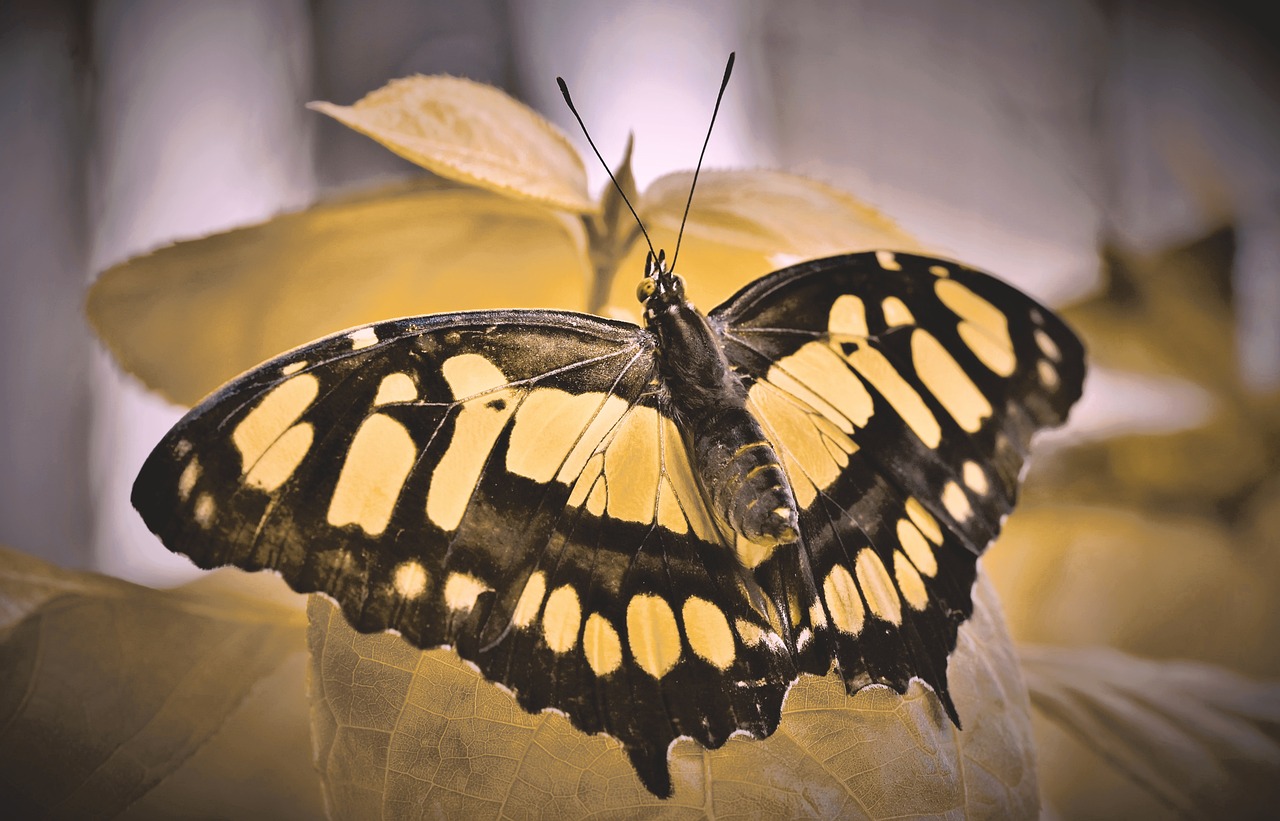
Host Plants
When it comes to creating a butterfly garden, are absolutely essential. These are the plants that caterpillars depend on for food and shelter as they grow into adult butterflies. Without host plants, not only would you miss out on witnessing the fascinating life cycle of butterflies, but you would also diminish the chances of attracting them to your garden. Just like a cozy home is vital for us, host plants provide the necessary environment for caterpillars to thrive. Different butterfly species have specific host plants they prefer, so it's important to choose wisely.
For example, if you're hoping to attract the beautiful monarch butterfly, you must include milkweed in your garden. Milkweed is not just a pretty flower; it plays a crucial role in the lifecycle of monarchs, as it is the only plant that their caterpillars can eat. Imagine a caterpillar munching away on a milkweed leaf, growing bigger and stronger, until it eventually transforms into a stunning butterfly! Other popular host plants include:
- Swallowtail Butterflies: They love plants like parsley, dill, and fennel.
- Painted Lady Butterflies: Their caterpillars thrive on thistles and hollyhocks.
- Black Swallowtail Butterflies: They prefer plants from the carrot family, such as carrots and celery.
By incorporating a variety of host plants, you not only create a diverse ecosystem but also ensure that different species of butterflies can find a suitable home in your garden. It's like throwing a big party where everyone is invited! If you plant a mix of these host plants, you'll be amazed at the range of butterflies that will flutter into your garden.
Moreover, it's essential to consider the growing conditions of these host plants. Some may prefer full sun, while others thrive in partial shade. Understanding the specific needs of each plant will help you create a thriving garden that supports both caterpillars and adult butterflies. Keep in mind that the more you learn about butterflies and their host plants, the better you can cater to their needs.
In summary, host plants are the backbone of a butterfly garden. They serve not only as food sources but also as a safe haven for caterpillars. By selecting a mix of native host plants and ensuring you provide the right conditions, you can enjoy the breathtaking transformation of caterpillars into butterflies right in your backyard!
Q: What are host plants?
A: Host plants are specific plants that caterpillars feed on. They are essential for the growth and development of butterfly larvae.
Q: Why are host plants important for butterflies?
A: Host plants provide food and shelter for caterpillars, which is crucial for their survival and eventual transformation into adult butterflies.
Q: How can I find out which host plants attract specific butterflies?
A: Research local butterfly species and their preferred host plants, or consult a gardening expert for advice on what to plant in your area.
Q: Can I grow host plants in containers?
A: Yes! Many host plants can thrive in containers, making it easier to create a butterfly-friendly space even in small gardens or patios.

Creating a Suitable Habitat
When it comes to attracting butterflies, creating a suitable habitat is just as important as choosing the right plants. Think of your garden as a cozy home for these beautiful creatures, where every element plays a role in making them feel welcome and safe. A well-designed butterfly habitat should include not only a variety of flowering plants but also essential features like shelter, water sources, and sunlit areas. Imagine a place where butterflies can flutter freely, bask in the sun, and find everything they need to thrive!
To start, consider incorporating water sources into your garden. Butterflies, like all living creatures, need water to survive. However, they are not like birds that can drink from a deep pool. Instead, they prefer shallow areas where they can land and sip without risk. You can easily create these inviting spots by using birdbaths filled with just a few inches of water or by setting up puddling areas with damp soil or sand. Not only do these water sources provide hydration, but they also allow butterflies to absorb essential minerals, which are crucial for their overall health and vitality.
Next, think about shelter options. Just like we seek refuge from harsh weather, butterflies need places to hide from predators and the elements. Incorporating shrubs, tall grasses, or even small trees into your garden can create a natural shelter. These plants will not only provide cover but also serve as resting spots for butterflies. Imagine a butterfly finding a cozy nook among the leaves, safe from the wind and rain, ready to emerge when the sun shines again!
| Element | Purpose |
|---|---|
| Water Sources | Hydration and mineral absorption |
| Shelter | Protection from predators and harsh weather |
| Sunny Spots | Warmth for basking |
Moreover, don’t forget the importance of sunny spots in your garden. Butterflies are cold-blooded creatures that rely on the sun's warmth to regulate their body temperature. By providing areas that receive plenty of sunlight, you’re giving butterflies the perfect place to bask and recharge their energy. Think of it as a sun lounge for butterflies, where they can soak up the rays and prepare for their next flight!
Creating a butterfly-friendly habitat is not just about planting flowers; it’s about crafting a holistic environment that meets all their needs. By ensuring that your garden has water sources, shelter, and sunny spots, you’re setting the stage for a thriving butterfly population. So, roll up your sleeves and get ready to transform your outdoor space into a vibrant haven for these enchanting pollinators!
Q: How can I attract more butterflies to my garden?
A: To attract more butterflies, plant a variety of nectar-rich flowers, provide host plants for caterpillars, and create a suitable habitat with water and shelter.
Q: What types of plants should I include in my butterfly garden?
A: Include native plants, nectar plants like coneflowers and milkweed, and host plants for caterpillars to create a diverse and inviting environment.
Q: How do I maintain my butterfly garden?
A: Regularly water your plants, prune as needed, and use organic pest management techniques to keep your garden healthy and attractive to butterflies.
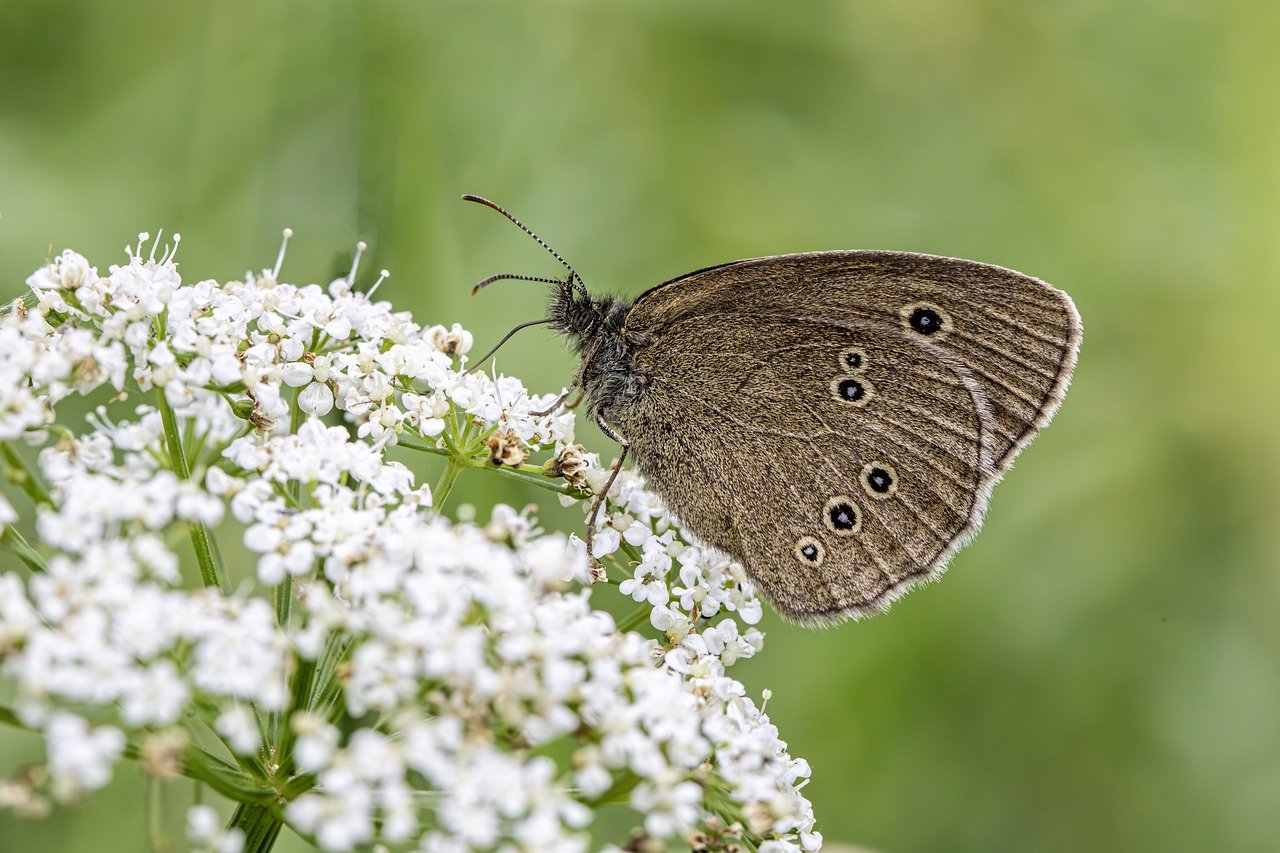
Water Sources
When it comes to creating a thriving butterfly garden, providing adequate water sources is just as important as selecting the right plants. Butterflies, like all living creatures, need water to survive, and they often seek out shallow areas where they can drink safely. Imagine a hot summer day; just like us, butterflies feel the heat and need to hydrate. This is where you can step in and create a welcoming oasis for these beautiful pollinators.
One of the simplest ways to provide water is by incorporating a shallow birdbath into your garden. These baths should be no more than a few inches deep, as butterflies prefer to land on the edges and sip without the risk of drowning. You can enhance this feature by adding some small stones or pebbles to the bottom, which creates perches for butterflies and allows them to access the water more easily. Additionally, consider placing your birdbath in a sunny spot, as butterflies are attracted to warmth and will be more likely to visit.
Another effective method is to create puddling areas. This involves simply providing a small, shallow dish filled with sand and water, allowing the water to seep into the sand. Butterflies are drawn to these puddles because they not only quench their thirst but also provide essential minerals and salts that are vital for their reproduction and overall health. To make your puddling area even more appealing, you can mix in a bit of decaying fruit or a sprinkle of salt, which will attract butterflies looking for those extra nutrients.
Here’s a quick overview of effective water sources for your butterfly garden:
| Water Source | Description | Benefits |
|---|---|---|
| Shallow Birdbath | A shallow basin filled with water for butterflies to drink. | Provides hydration and a safe landing area. |
| Puddling Area | A dish with sand and water that allows for mineral absorption. | Offers essential nutrients for butterflies. |
| Water Features | Small fountains or waterfalls that create a gentle splash. | Attracts butterflies with sound and movement. |
Lastly, don't forget to keep your water sources clean and fresh. Regularly change the water in your birdbath and check your puddling areas to ensure they don’t become stagnant. Clean water is crucial for the health of butterflies, and maintaining these sources will encourage them to return to your garden time and time again. After all, a butterfly garden is not just about the flowers; it's about creating a complete ecosystem that supports these delicate creatures.
- How often should I change the water in my birdbath? It's best to change the water every few days, especially in hot weather, to prevent algae growth and ensure cleanliness.
- Can I use tap water for my butterfly garden? Yes, tap water is generally fine, but if you have concerns about chemicals like chlorine, consider using rainwater or filtered water.
- What other features can attract butterflies besides water? Planting native flowers, providing shelter, and ensuring a variety of blooming plants will also attract butterflies to your garden.
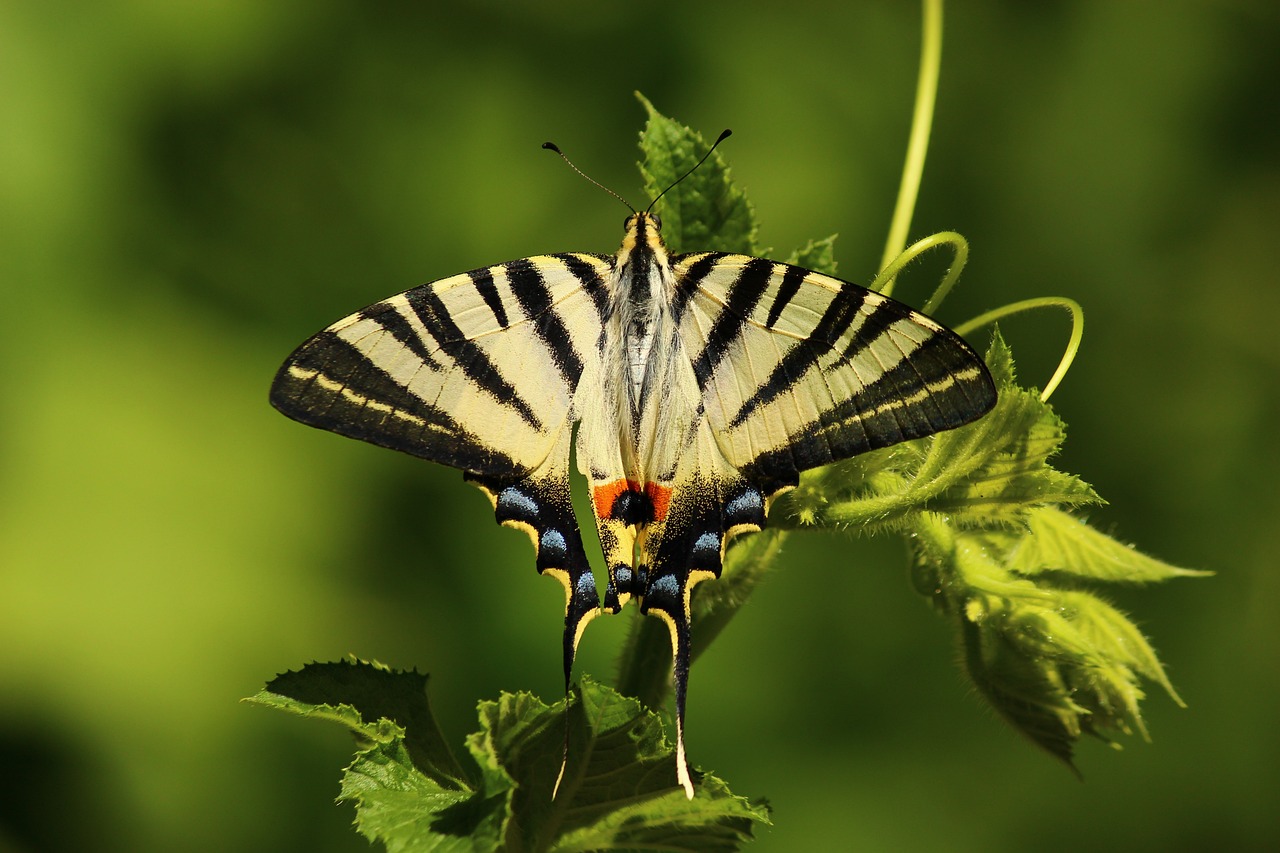
Shelter Options
Creating a butterfly-friendly environment goes beyond just planting the right flowers; it also involves providing suitable . Butterflies, like all creatures, need a safe haven to escape from predators and harsh weather conditions. Think of your garden as a sanctuary for these delicate pollinators. By incorporating specific elements, you can ensure that butterflies feel secure and are more likely to visit your garden.
One effective way to offer shelter is by planting shrubs and tall grasses. These plants can provide a natural barrier against wind and rain, making it easier for butterflies to rest and breed. For instance, dense shrubs not only offer protection but also create microhabitats where butterflies can hide from birds and other predators. Additionally, you might consider planting a mix of evergreen and deciduous shrubs to maintain shelter year-round, ensuring that butterflies have a refuge even in the colder months.
Another option is to include rock piles or logs in your garden. These structures can serve as both shelter and basking spots for butterflies. When the sun shines on these surfaces, they absorb heat, providing a warm place for butterflies to rest and recharge. Placing these elements in sunny areas will attract butterflies, as they love to bask in the sun. Moreover, decaying logs can also attract beneficial insects, which contribute to a balanced ecosystem in your garden.
Don't forget about creating puddling areas. Butterflies often seek out moist soil to absorb minerals and nutrients. By providing shallow puddles or mud patches, you can create a vital resource for butterflies. This not only helps them stay hydrated but also enhances their reproductive success. Just a small area with damp soil can be a game-changer in attracting these beautiful creatures.
In summary, providing shelter options in your butterfly garden is crucial for creating a thriving habitat. By incorporating shrubs, grasses, rock piles, and puddling areas, you can create a safe haven that encourages butterflies to visit and stay. Remember, a well-planned garden is not just about aesthetics; it's about creating a living environment that supports and nurtures wildlife.
- What types of plants provide the best shelter for butterflies?
Plants like shrubs, tall grasses, and even flowering plants with dense foliage can provide excellent shelter for butterflies.
- How can I create a puddling area in my garden?
You can create a puddling area by digging a shallow hole and filling it with sand or soil. Keep it moist, and butterflies will come to drink!
- Do butterflies need shelter during winter?
Yes, providing shelter options like evergreen shrubs can help butterflies survive the winter months by offering protection from the elements.
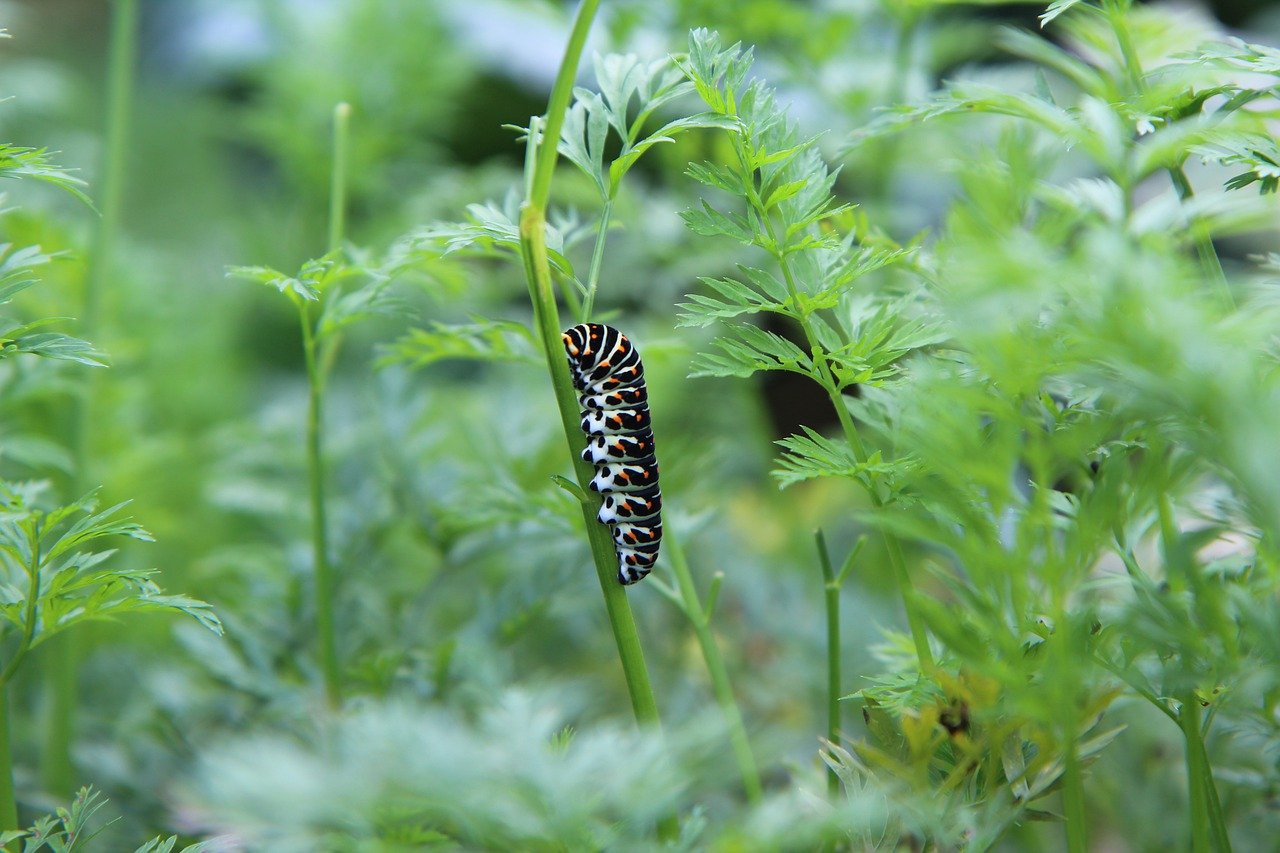
Maintenance Tips
Maintaining a butterfly garden is like nurturing a delicate dance between nature and your own backyard. It requires a bit of effort and knowledge, but the rewards are well worth it. Regular maintenance is essential to ensure that your garden remains a vibrant sanctuary for butterflies. One of the first things to consider is proper watering. Butterflies thrive in gardens that have well-hydrated plants, so aim to water deeply but infrequently. This encourages roots to grow deep, making your plants more resilient during dry spells. Remember, overwatering can lead to root rot, so always check the soil moisture before adding more water.
Next on the list is pruning. Just like a haircut can rejuvenate your look, pruning can invigorate your plants. Remove dead or diseased branches and spent flowers to encourage new growth and blooming. This not only keeps your garden looking tidy but also promotes a healthier environment for butterflies. When you prune, consider the time of year and the specific needs of each plant, as some may require more care during their dormant season.
Another crucial aspect of maintenance is pest management. While it may be tempting to reach for chemical pesticides, these can harm butterflies and other beneficial insects. Instead, consider using organic pest management techniques. For instance, introducing beneficial insects like ladybugs can help control aphid populations naturally. You can also create a pest control plan that includes regular inspections of your plants to catch any issues early. Maintaining a balanced ecosystem in your garden will not only protect your butterflies but also enhance the overall health of your plants.
Finally, understanding the seasonal care needs of your garden is vital. Different plants will have varying requirements throughout the year. For example, some may need extra mulch during winter to insulate their roots, while others may require additional watering during the hot summer months. Keeping a gardening journal can be a fantastic way to track what works and what doesn’t, allowing you to adjust your care routine accordingly.
In summary, maintaining your butterfly garden is an ongoing process that involves attention to watering, pruning, pest management, and seasonal care. By staying engaged with your garden, you not only create a thriving habitat for butterflies but also enjoy the beauty and serenity that comes with it.
- How often should I water my butterfly garden?
Watering deeply once a week is generally sufficient, but always check the soil moisture first. - What are the best plants to attract butterflies?
Nectar-rich plants like coneflowers, milkweed, and asters are excellent choices. - How can I manage pests without harming butterflies?
Use organic methods such as introducing beneficial insects and regular inspections. - Do I need to prune my butterfly garden plants?
Yes, regular pruning helps promote healthy growth and flowering.
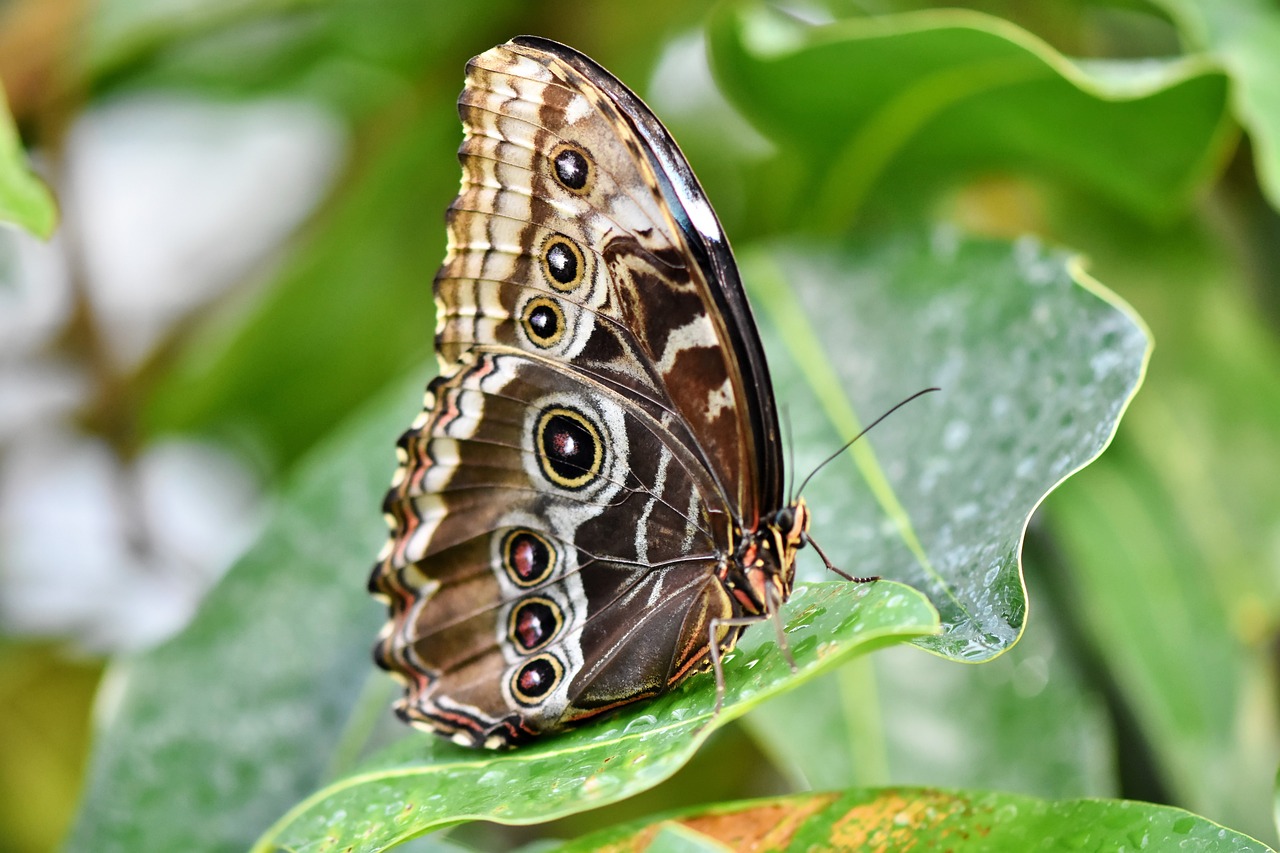
Seasonal Care
When it comes to maintaining a vibrant butterfly garden, is absolutely essential. Each season brings its own set of challenges and opportunities that can impact the health of your plants and the presence of butterflies. Understanding these seasonal needs can make a world of difference, ensuring that your garden remains a haven for these beautiful pollinators.
In the spring, as the weather starts to warm up, it's crucial to assess your garden's condition. This is the time to remove any dead foliage from the previous season, as it can harbor pests and diseases. You should also check for any signs of new growth and ensure that your plants are waking up from their winter slumber. Fertilizing your plants with organic compost can give them the nutrients they need to thrive. Additionally, consider planting new nectar and host plants to attract butterflies as they emerge.
As we move into summer, the heat can be both a friend and a foe. Regular watering becomes critical during this time, especially for newly planted flowers and young caterpillars. Aim to water early in the morning or late in the evening to minimize evaporation. Summer is also a great time to observe which plants are attracting butterflies and which ones may need to be replaced. If certain plants are wilting or struggling, consider replacing them with more resilient varieties that can withstand the heat.
When autumn arrives, it's time to prepare your garden for the cooler months ahead. This season is perfect for pruning your plants to encourage healthy growth for the next year. Deadhead spent flowers to promote new blooms and tidy up your garden. Additionally, you can plant perennial flowers that will provide nectar for late-season butterflies. As temperatures drop, consider leaving some of the plant stems and seed heads intact. This not only provides shelter for butterflies but also creates a natural habitat for other wildlife.
Finally, winter can be a challenging time for your butterfly garden. While many plants will go dormant, it's important to protect the habitat you've created. Covering the ground with a layer of mulch can help insulate the roots of your plants and prevent soil erosion. If you have any container plants, consider bringing them indoors or placing them in a sheltered area to protect them from harsh weather. Also, remember that some butterflies, like the Monarch, may migrate, but ensuring your garden remains intact will help welcome them back when spring returns.
In summary, is all about being proactive and attentive to the changing needs of your butterfly garden. By taking the time to understand and respond to these seasonal shifts, you can create a thriving environment that not only attracts butterflies but also enhances the beauty of your outdoor space.
- What are the best plants for attracting butterflies? - Native plants such as milkweed, coneflowers, and asters are excellent choices for attracting butterflies.
- How can I provide water for butterflies? - Shallow birdbaths or puddling areas with damp soil can serve as water sources for butterflies.
- Is it necessary to use pesticides in a butterfly garden? - It's best to avoid pesticides, as they can harm butterflies and caterpillars. Instead, consider organic pest management techniques.
- How can I ensure my garden attracts butterflies year-round? - Plant a variety of nectar and host plants that bloom at different times throughout the growing season.
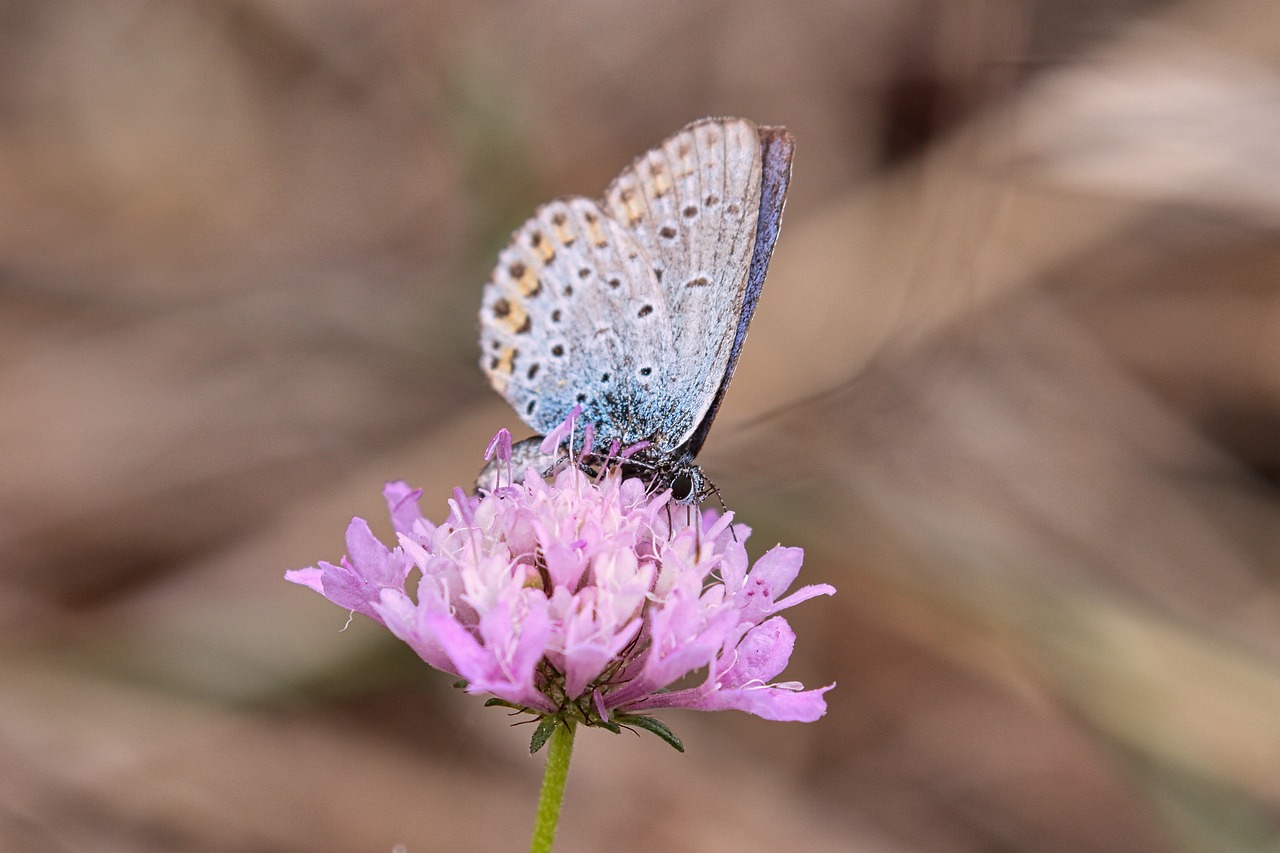
Pest Management
Pest management in your butterfly garden is not just about keeping those pesky bugs at bay; it's about creating a balanced ecosystem that supports both your plants and the beautiful butterflies you wish to attract. The key here is to use organic methods that are safe for butterflies and their caterpillars. After all, who wants to harm the very creatures they are trying to nurture? By implementing natural pest control strategies, you can maintain a healthy garden environment.
One effective approach is to introduce beneficial insects that prey on common garden pests. For instance, ladybugs and lacewings are fantastic allies in controlling aphid populations. You can attract these helpful critters by planting flowers like yarrow and dill. Not only do they look lovely, but they also provide food and habitat for these beneficial insects. It's like throwing a party for nature's helpers!
Another strategy is to encourage biodiversity in your garden. The more diverse your plant selection, the less likely pests will find a home in your garden. This is because a variety of plants can disrupt the life cycles of pests and provide habitats for their natural predators. You can also consider using companion planting, where certain plants are grown together to naturally repel pests. For example, planting marigolds alongside your vegetables can deter nematodes and other harmful insects.
When it comes to direct pest control, consider using homemade remedies. A simple mixture of water and soap can be sprayed onto plants to help eliminate aphids and spider mites without harming butterflies. Just be sure to test any spray on a small area first to ensure your plants can handle it. Additionally, using neem oil can be effective against various pests while being gentle on butterflies. Always apply these treatments in the evening to minimize harm to pollinators.
Lastly, maintaining a clean garden is crucial. Regularly removing dead leaves and debris can prevent pests from finding cozy hiding spots. This simple act not only keeps your garden looking tidy but also reduces the chances of pest infestations. Remember, a clean garden is a happy garden!
- What are the best organic pest control methods for a butterfly garden?
Using beneficial insects, homemade sprays, and companion planting are excellent organic methods to control pests. - How can I attract beneficial insects to my garden?
Planting a variety of flowers and herbs, such as yarrow and dill, can attract ladybugs and lacewings. - Is neem oil safe for butterflies?
Yes, neem oil is generally safe for butterflies when used correctly and applied in the evening.
Frequently Asked Questions
- What are the best plants to attract butterflies?
To attract butterflies, focus on planting nectar-rich flowers such as coneflowers, milkweed, and asters. Additionally, incorporating native plants that thrive in your local climate will provide essential food sources for these beautiful pollinators.
- Why are native plants important for butterflies?
Native plants are crucial because they are adapted to the local ecosystem, providing food and habitat for local butterfly populations. They require less maintenance and support biodiversity, making your garden a thriving environment for butterflies and other wildlife.
- How can I create a suitable habitat for butterflies?
To create a welcoming habitat for butterflies, include sheltered areas with shrubs or tall grasses, provide shallow water sources like birdbaths, and ensure there are sunny spots for them to bask in. This combination will help butterflies thrive in your garden.
- What are host plants and why are they important?
Host plants are essential for butterfly reproduction as they provide a place for caterpillars to feed and grow. Including a variety of host plants in your garden will promote a healthy butterfly population, ensuring that both adults and their young can thrive.
- How can I maintain my butterfly garden?
Regular maintenance involves proper watering, pruning, and pest management. Understanding the seasonal needs of your plants will help keep them healthy and attractive to butterflies throughout the year.
- What pest management techniques should I use?
Using organic pest management techniques is essential to protect butterflies and caterpillars from harmful chemicals. This promotes a balanced ecosystem in your garden, allowing butterflies to thrive naturally.
- How do I ensure butterflies visit my garden throughout the season?
Selecting plants that bloom at different times throughout the growing season will ensure a continuous food supply for butterflies. This variety will attract them from spring through fall, keeping your garden buzzing with activity.



















